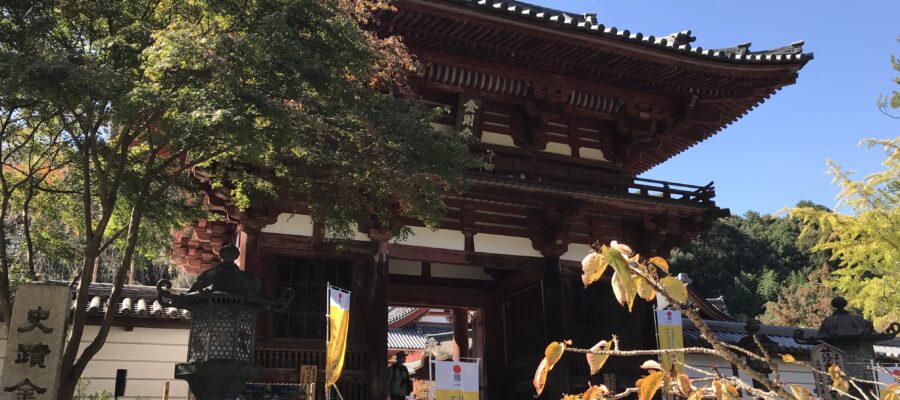中世に出逢えるまち
西国三十三霊場は日本遺産に認定されている一方、新西国は認定されていません。ただし、その中の第7番札所の金剛寺は、「中世に出逢えるまち」として日本遺産の重要な構成要素となっています。国宝の金堂三尊像の特別拝観に合わせて訪問してきました。
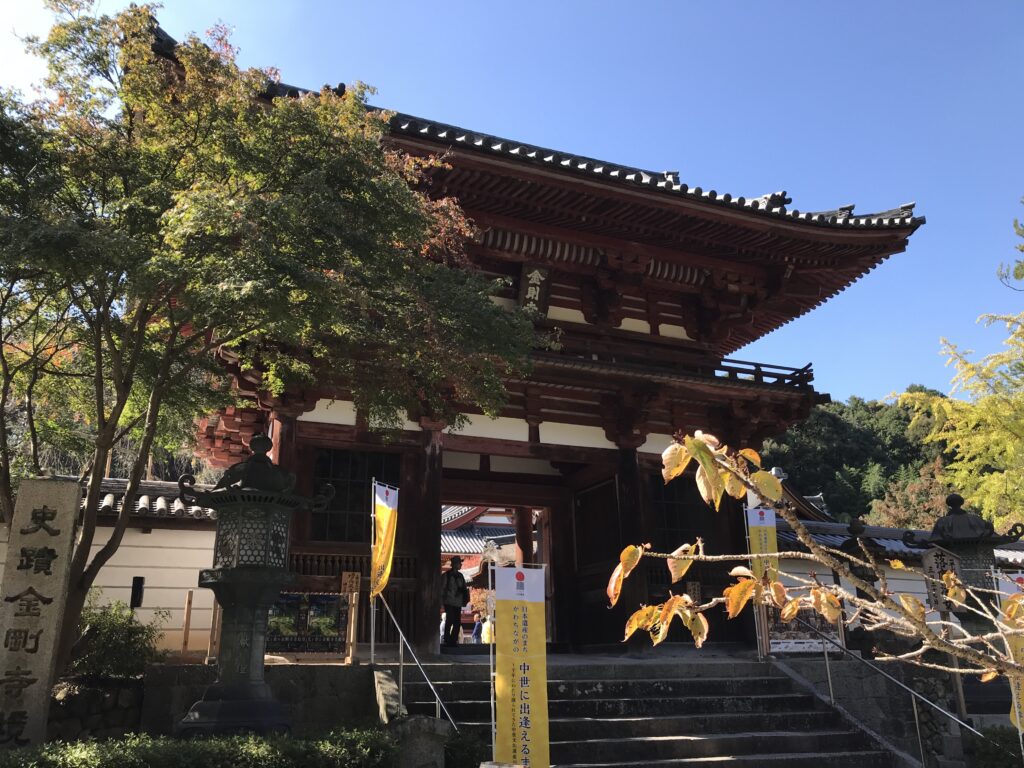
再現された鮮やかな朱色
楼門をくぐりますと平成に大修理で色鮮やかになった多宝塔や鐘楼が出迎えてくれます。長い年月を経て色褪せた寺院建築もそれなりに風情はありますが、やはり建築当時の姿を再現していただくと、往時の人々と同じ感動を共感できるのではないかと思います。
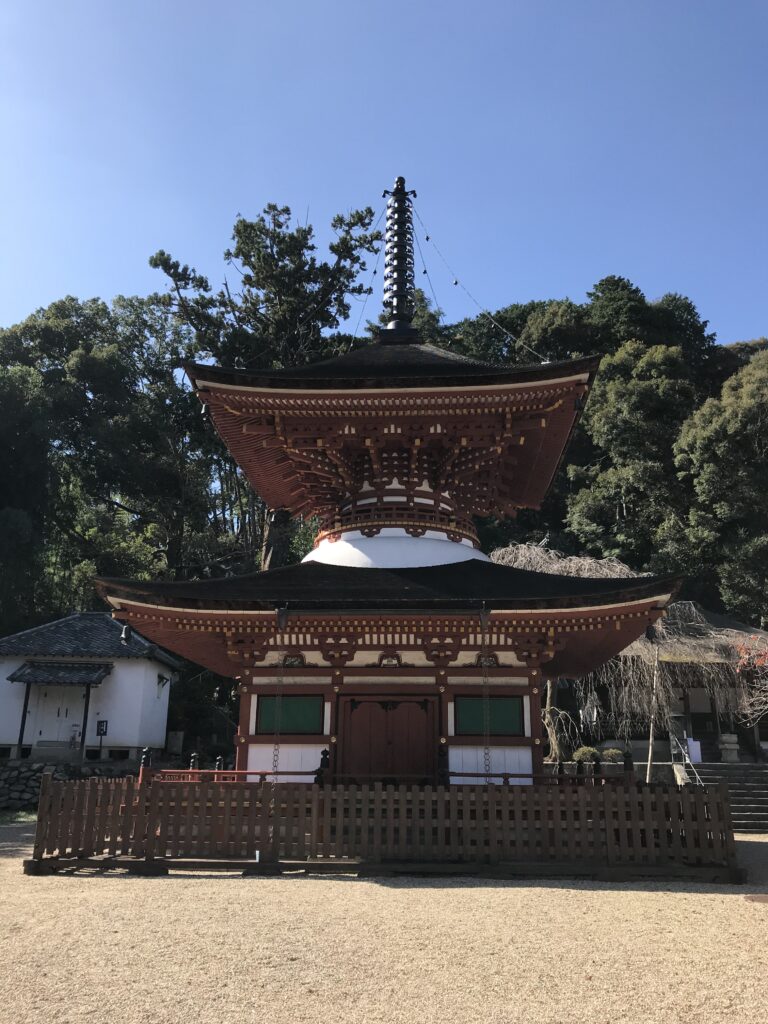
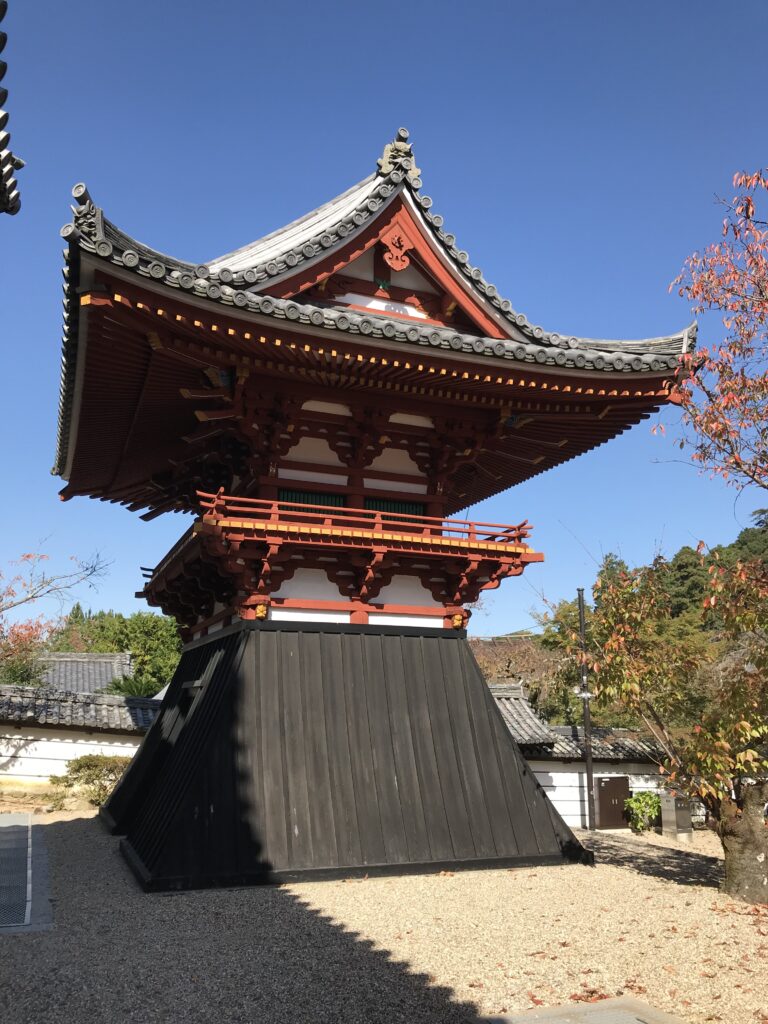
朱色によみがえった金堂にて、御本尊 大日如来坐像と脇侍の不動明王坐像(左)と降三世明王坐像(右)をお参りしました。いずれも木造です。私の誕生月、干支の守護仏が大日如来ですので、大日如来像に会える時を、いつも楽しみにしていました。
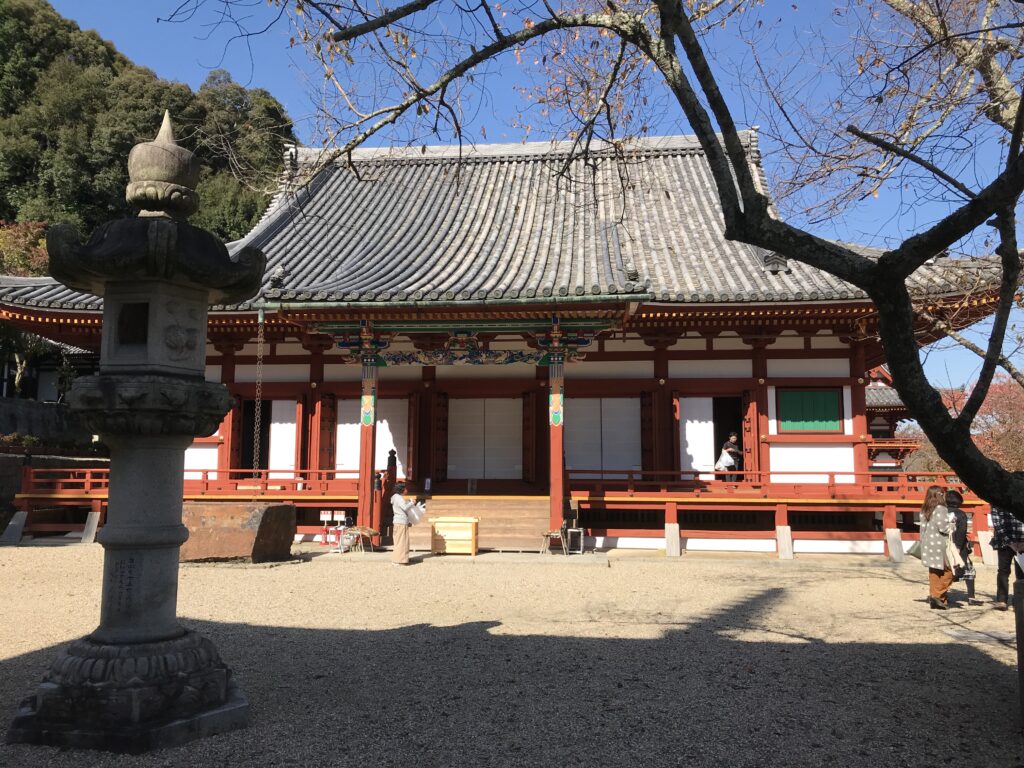
国宝の大日如来坐像
金堂の大日如来と対面して、さすがに国宝という思いよりも、もっとすごいものに会ったという印象が強く、正面に対座して見入ってしまいました。大きさもありますが、像が発するオーラというか、雰囲気がすごく自分の波長に合います。お寺を巡っていると、来てよかった、会えてよかったと思うことが、何回かに一回あるのですが、今回はその中でも特別の一回に数えられます。本当にいい時間を過ごせました。
南北朝の御座所
拝観後、境内をめぐりました。南北朝時代、南朝の後村上天皇が6年間、このお寺の食堂を正殿として大政を執られたそうです。楼門を出て、本坊の方にも行きました。ここには大きな枯山水の庭があり、こちらも見ごたえ十分です。その奥には奥殿(おくでん)とよばれる建物があります。
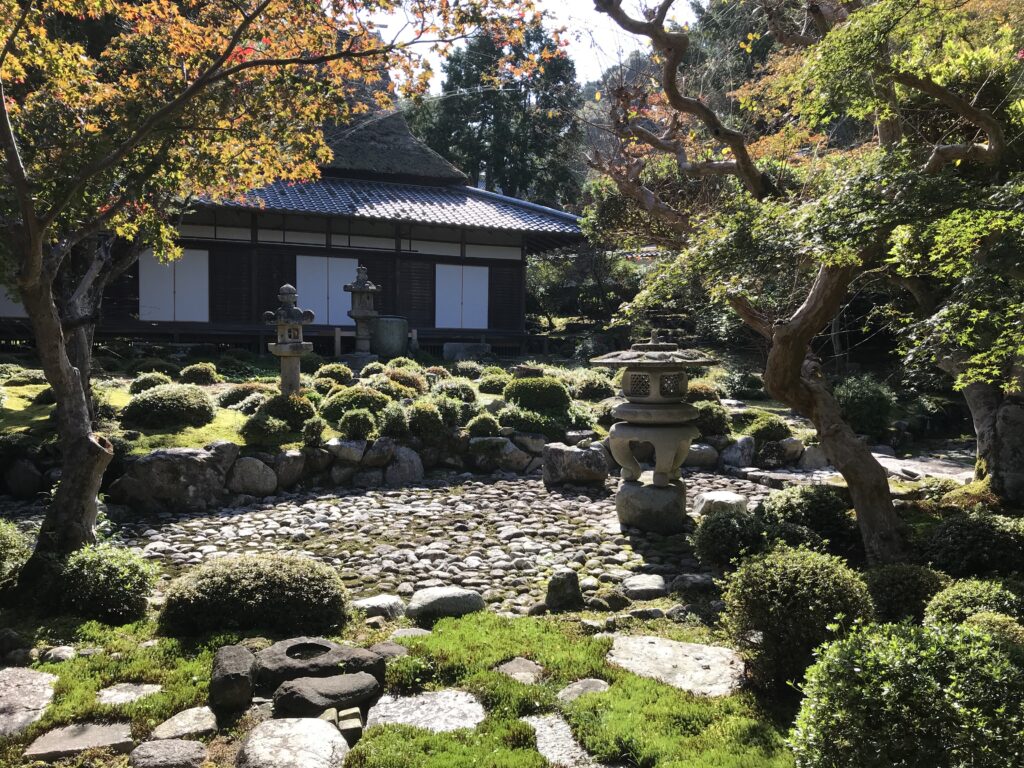
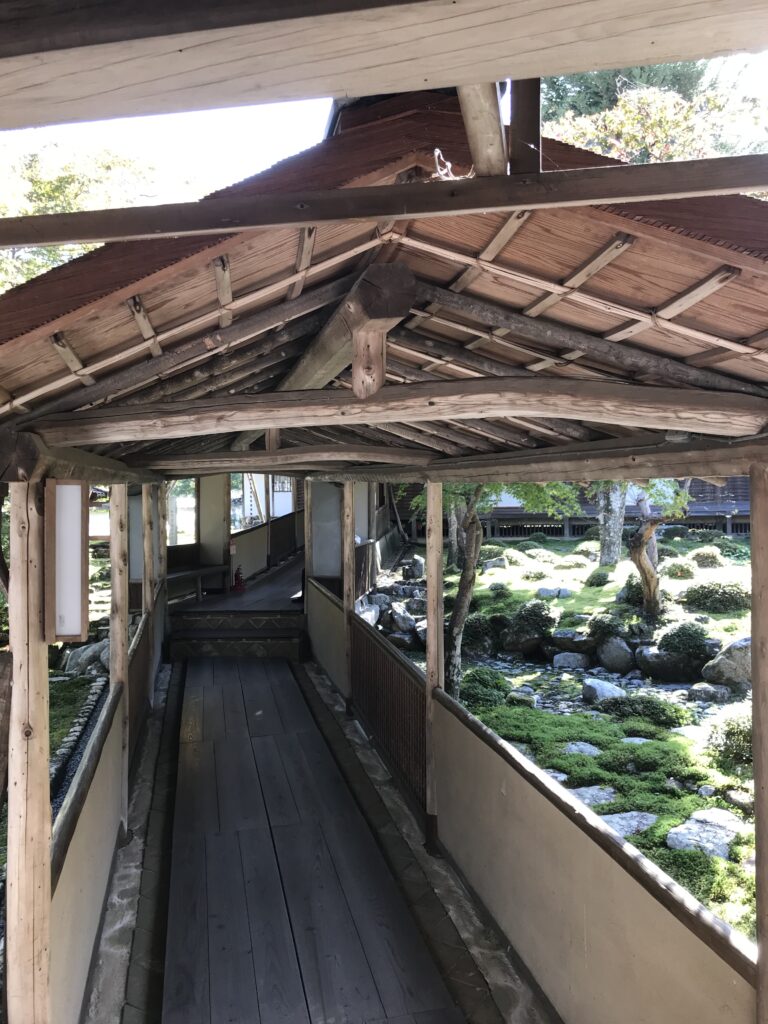
話がややこしくなりますが、この奥殿には北朝の光厳、光明、崇光の三上皇の御座所となったところでもあります。なんと、南北朝が同座されていたというので、よくわからなくなってきました。じっくり、調べなおす必要があります。
隠れた文化財の宝庫
金剛寺のホームページには、「かくれた文化財の宝庫」と紹介されていますが、まさにその通りのお寺です。一度の訪問だけでは、とらえきれない奥深さを感じました。また、改めて訪問したいと思います。(完)
金剛寺の御朱印
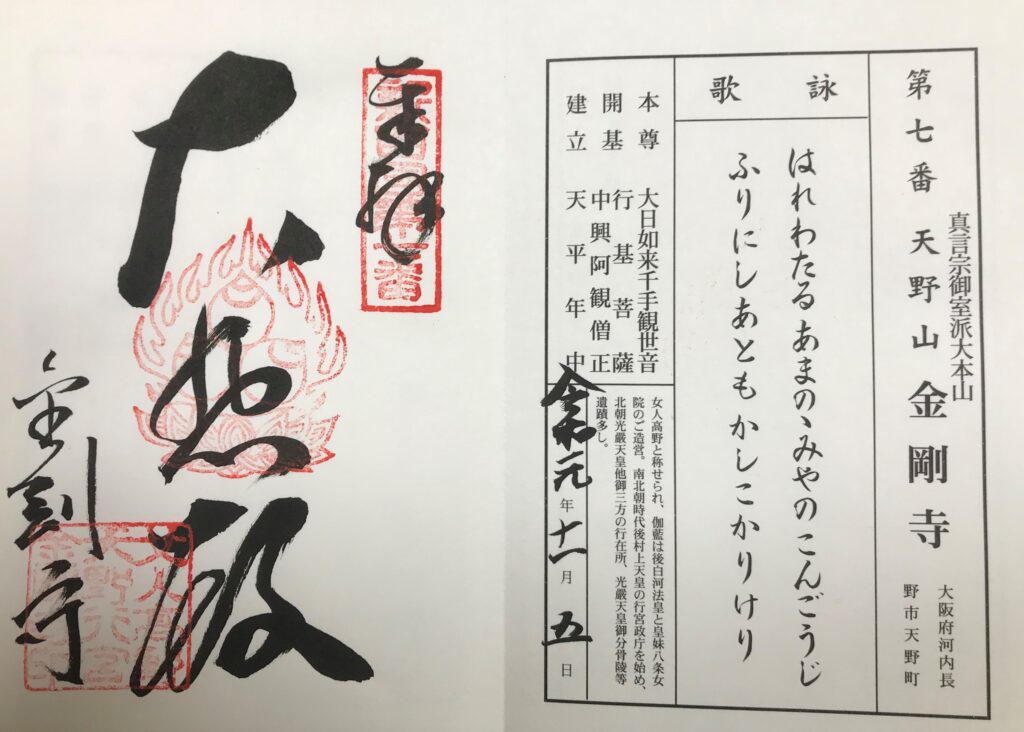
大阪のお土産
やっぱり、タコ焼きですかね。
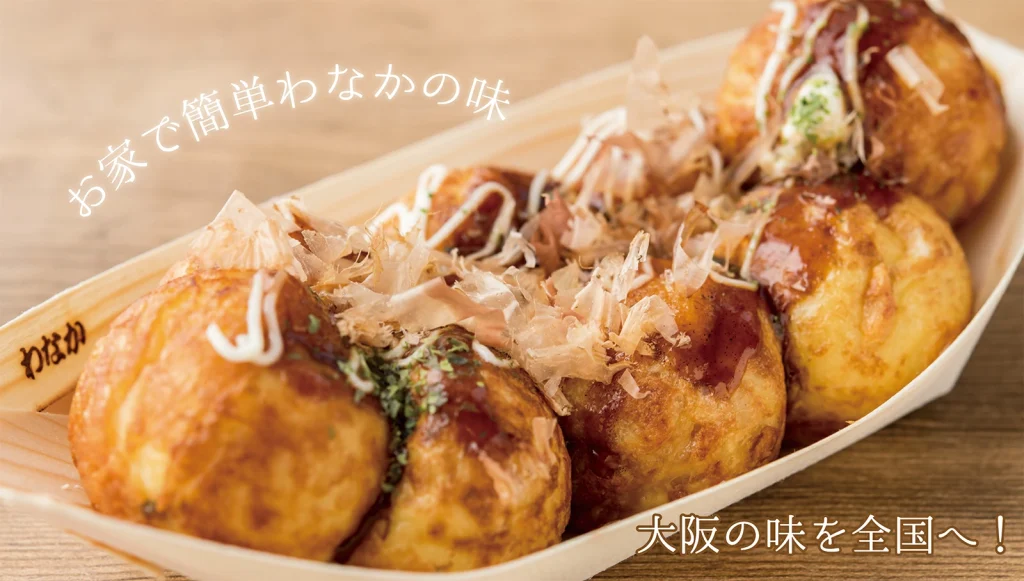
価格:2,580円
(2021/12/12 00:01時点)
感想(4件)
Kongoji Temple (Osaka)
A town where you can encounter the Middle Ages
While the 33 sacred sites in the western part of Japan are recognized as Japan Heritage sites, the new 33 sacred sites in the western part is not. However, Kongouji Temple, the seventh temple in the list, is an important component of the Japan Heritage as “a town where you can encounter the Middle Ages.” I visited the temple in conjunction with a special viewing of the Kondo 3 Sacred Statues of Buddha, a national treasure.
Vivid vermilion color reproduced.
As you pass through the tower gate, you will be greeted by a pagoda and bell tower that have been colorfully repaired in the Heisei era. Although the faded architecture of the temple has its own charm, it would be nice to see it restored to its original state, so that people can share the same feelings as those of the past.
In the vermillion-red Kondo, I visited the main statue of Dainichi Nyorai and the supporting statues of Fudo Myoo (left) and Gozansei Myoo (right). Both are made of wood. I have always looked forward to seeing the statue of Dainichi Nyorai since it is the guardian Buddha of my birth month and zodiac sign.
Seated image of Dainichi Nyorai, a national treasure
When I came face to face with the Dainichi Nyorai statue in Kondo, I had a strong impression that I had met something even more amazing than the national treasure that it was. I sat in front of the statue and gazed at it. The size of the statue was one thing, but the aura or atmosphere it gave off really matched my wavelength. When I visit temples, there are times when I am glad to have come and find something, and this was one of those special times. I had a really good time.
Throne of the northern and southern dynasties
After visiting the temple, I went around the temple grounds. It is said that during the Nanbokucho period (Northern and Southern Dynasties), Emperor Go-Murakami of the Southern Dynasty ruled for six years, using the dining hall of this temple as the main hall. After leaving the tower gate, I went to the main temple. There was a large dry landscape garden there, which was also a sight to behold. At the back of the temple is a building called Okuden.
To complicate matters, this inner sanctuary was also the seat of the three northern dynasty emperors, Kōgon, Kōmyō, and Suko. The four emperors of the Northern and Southern dynasties were seated in the same temple, and now I’m not sure what to think. I need to investigate it again carefully.
A Treasure Trove of Hidden Cultural Properties
Kongouji Temple’s website describes it as “a hidden treasure house of cultural assets”, and that is exactly what it is. I felt the depth of the temple was too deep to be captured in just one visit. I would like to visit the temple again. (End)
Temple Kongoji (Osaka)
Une ville où vous pouvez rencontrer le Moyen Âge
Alors que les 33 sites sacrés de la partie occidentale du Japon sont reconnus comme des sites du patrimoine japonais, les nouveaux 33 sites sacrés de la partie occidentale ne le sont pas. Cependant, le temple Kongouji, septième temple de la liste, est un élément important du patrimoine japonais en tant que “ville où l’on peut rencontrer le Moyen Âge”. J’ai visité le temple en même temps qu’une exposition spéciale des 3 statues sacrées de Bouddha de Kondo, un trésor national.
Reproduction d’une vive couleur vermillon.
En franchissant la porte de la tour, vous serez accueilli par une pagode et un clocher qui ont été réparés de manière colorée à l’époque Heisei. Bien que l’architecture défraîchie du temple ait son propre charme, il serait agréable de le voir restauré dans son état d’origine, afin que les gens puissent partager les mêmes sentiments que ceux du passé.
Dans le Kondo rouge vermillon, j’ai visité la statue principale de Dainichi Nyorai et les statues de soutien de Fudo Myoo (à gauche) et Gozansei Myoo (à droite). Les deux sont en bois. J’ai toujours attendu avec impatience de voir la statue de Dainichi Nyorai, car c’est le Bouddha gardien de mon mois de naissance et de mon signe zodiacal.
Image assise de Dainichi Nyorai, un trésor national.
Lorsque je suis tombé nez à nez avec la statue de Dainichi Nyorai à Kondo, j’ai eu la forte impression de rencontrer quelque chose d’encore plus étonnant que le trésor national qu’elle était. Je me suis assis en face de la statue et je l’ai regardée. La taille de la statue était une chose, mais l’aura ou l’atmosphère qu’elle dégageait correspondait vraiment à ma longueur d’onde. Lorsque je visite des temples, il y a des moments où je suis heureux d’être venu et d’avoir trouvé quelque chose, et ce fut l’un de ces moments particuliers. J’ai passé un très bon moment.
Trône des dynasties du Nord et du Sud
Après avoir visité le temple, j’ai fait le tour de son enceinte. On dit que pendant la période Nanbokucho (dynasties du Nord et du Sud), l’empereur Go-Murakami de la dynastie du Sud a régné pendant six ans, utilisant la salle à manger de ce temple comme salle principale. Après avoir quitté la porte de la tour, je me suis rendu au temple principal. Il y avait là un grand jardin paysager sec, qui était aussi un spectacle à voir. À l’arrière du temple se trouve un bâtiment appelé Okuden.
Pour compliquer les choses, ce sanctuaire intérieur était également le siège des trois empereurs de la dynastie du Nord, Kōgon, Kōmyō et Suko. Les quatre empereurs des dynasties du Nord et du Sud siégeaient dans le même temple, et maintenant je ne sais plus quoi penser. Je dois mener une nouvelle enquête minutieuse.
Un trésor de biens culturels cachés
Le site Web du temple Kongouji le décrit comme “un trésor caché de biens culturels”, et c’est exactement ce qu’il est. J’ai senti que la profondeur du temple était trop grande pour être saisie en une seule visite. J’aimerais visiter le temple à nouveau. (Fin)
